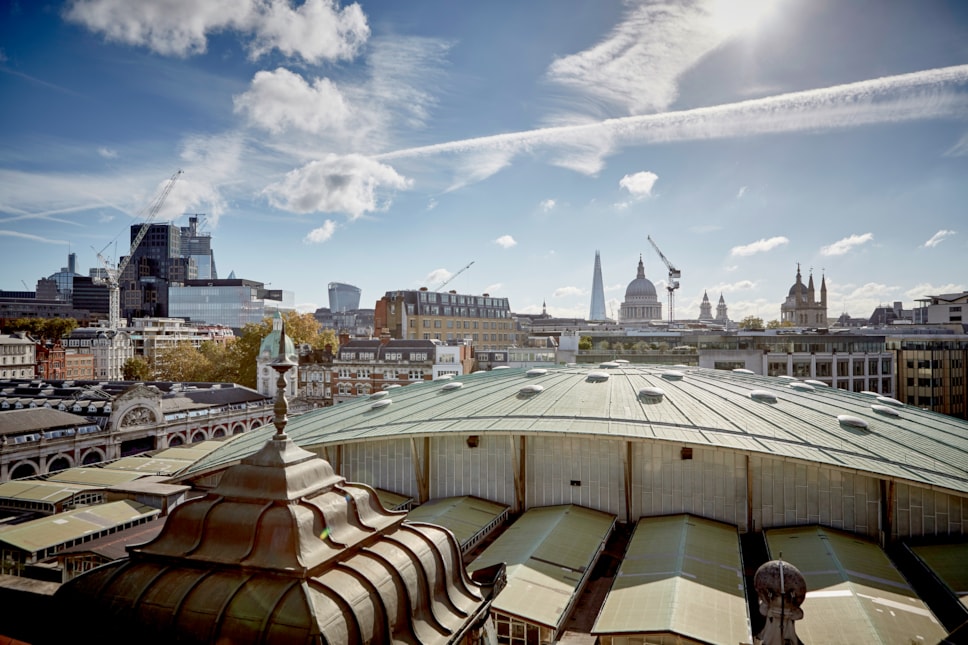
From 1800s power station to zero carbon energy source
Citigen - the power plant which first generated power in the 1800s - has become one of the UK’s largest zero carbon heating and cooling systems.
Did you know there’s a power station in the heart of the City of London which first generated electricity more than 130 years ago and today houses one of the UK’s largest zero carbon heating and cooling systems?
Located just a stone’s throw from London’s historic Smithfield meat market, in the district of Farringdon, Citigen is a one-of-a-kind power plant that, despite being totally hidden from view behind the old Port of London façade, is having a major impact on the UK’s energy scene and the everyday existence of thousands of residents and office workers.
The Citigen project has transformed over time since it began as a coal-fired power station back in 1893. Owned by E.ON since 2002 (then Powergen) the site went on to become a CHP (combined heat and power) plant and by 2015 was supplying district heating and cooling via more than 10 miles of pipes to residential and commercial users in the square mile - equivalent to 11,300 homes.
Citigen is an engineering marvel which utilises a 25-metre-high thermal store combined with the CHP engines which boost flexibility and operational efficiency.
Today, the site continues to pave the way towards a greener future.
A £4m investment in heat pump technology in 2021 means the site can now use the natural warmth of the earth, drawing and storing energy via boreholes extending 200m beneath the capital - technology which also recycles the waste heat from power generation that would otherwise vent into the atmosphere. This provides 4MW of extra heating capacity and 2.8MW of cooling capacity to customers across the financial district supplying, zero carbon heating and cooling across the City of London.
With such a unique combination of diverse carbon technologies being put to use, Citigen is an exciting blueprint for clean power projects elsewhere.

